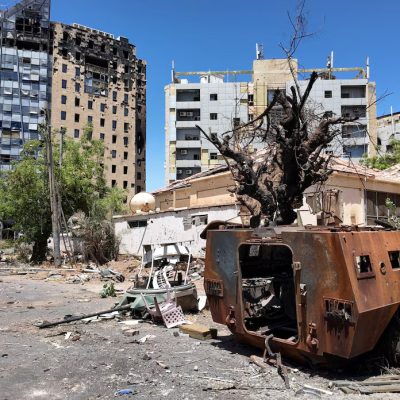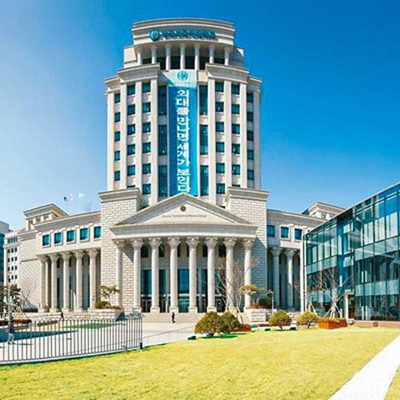Satoshi Ikeuchi, Professor, Religion and Global Security, University of Tokyo
Measures taken in Japan to tackle with COVID-19 contagion were so unique and sometimes described as mysterious or enigmatic. Unlike the US, UK and European countries, Japan did not take coercive measures in enforcing lockdowns.
Actually, there was no lockdowns of cities. Shinkansen bullet trains have been kept operated between cities during the days of the state of emergency as scheduled in timetables, on time to minutes, with empty seats.
Restaurants and cafes were only “requested” to close down early in the evening, without any penalties sanctioned for those who did not comply with it, according to the so-called lukewarm “emergency declaration” issued in early April.
Nevertheless, overall majority of restaurant owners and shop keepers conformed to the request and closed down. People stayed refrained from leisure activities voluntarily. Office workers brought their works to their homes. Streets were desolate and shops and malls were empty without setting up checkpoints and deploying troops to control the people’s movement.
It turned out that the rate of infections in Japan had been already suppressed down even before the emergency declaration was issued. People proactively changed their behavior ahead of the governmental measures and became self-restraint in order to avoid social breakdowns caused by the epidemic.
The number of newly infected patients were quickly minimized within one and a half month from early April to the middle of May. The death toll caused by COVID-19 in Japan is relatively low and the early statistics show that the overall number of deaths this year may have been lower than the same period in the previous year.
In contrast, the US and European governments ordered their citizens to stay home and introduced coercive restrictive measures and imposed heavy fines to those who took the risk and went out. Still, the number of infections continues growing and the number of deaths keeps skyrocketing.
Japan’s case is unique also in the East Asia. Unlike neighboring South Korea, Japan did not carry out large-scale PCR testing searching for infected persons in society. Instead, Japanese medical doctors fully utilized CT scans, which is ubiquitous in Japanese hospitals, to identify the symptoms of pneumonia suspected to be caused by COVID-19. It helped them to find severe cases and give them appropriate treatments, eventually minimizing the number of fatalities.
This is the typical Japanese way of coping with the difficulties the society are faced with, keeping role of the government to a minimum level, relying more heavily on each individual’s effort in its voluntary compliance with the social order and norms.
It is stressful and sometimes suffocating to live in Japan where everyone has to be keen on conforming to unwritten social requirements ordered by the society. However, the mutual oversight and peer-pressure are what makes the Japanese society resilient.
So far so good.





